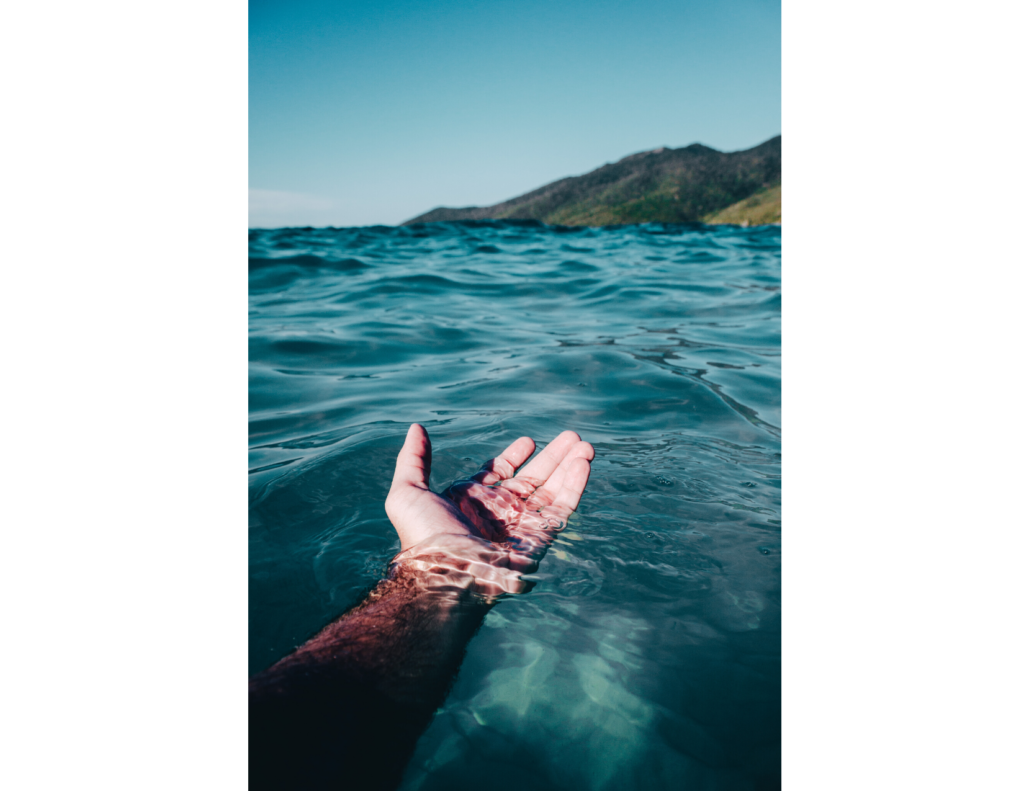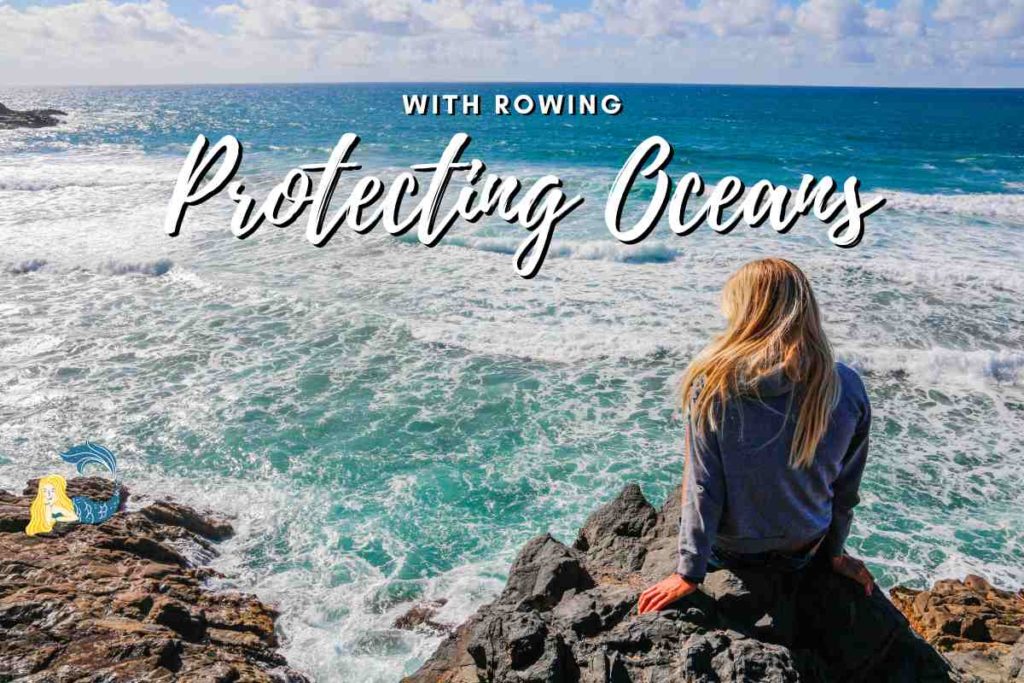
Protecting Oceans with Rowing
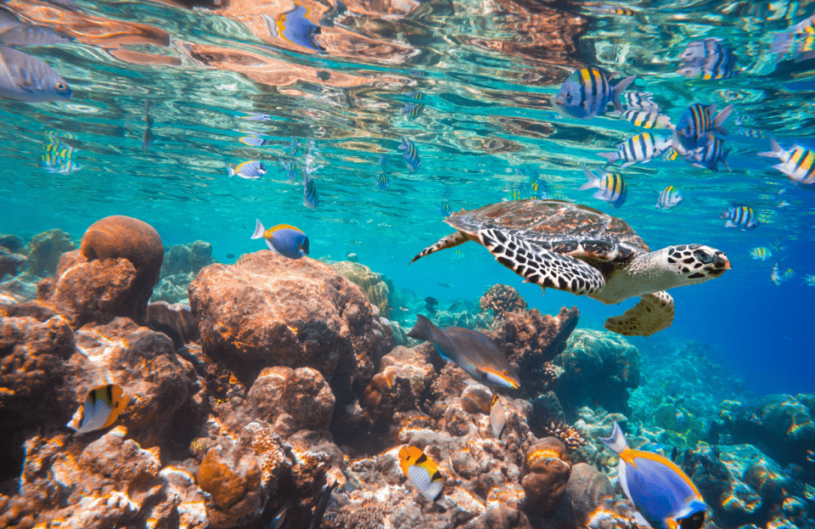
June 8th is World Ocean Day. Water and rowing are inextricably linked. In September 2019 World Rowing renewed a multi-year agreement with World Wildlife Federation (WWF) focused on freshwater initiatives, notably the Kafue River and Rowing Centre in Zambia. But what about salt water, especially given the growth in coastal rowing? Not that coastal boats are exclusively for salt water – we have made the case for coastal boats on lakes. Turns out that rowing already is playing a role in ocean research and conservation.
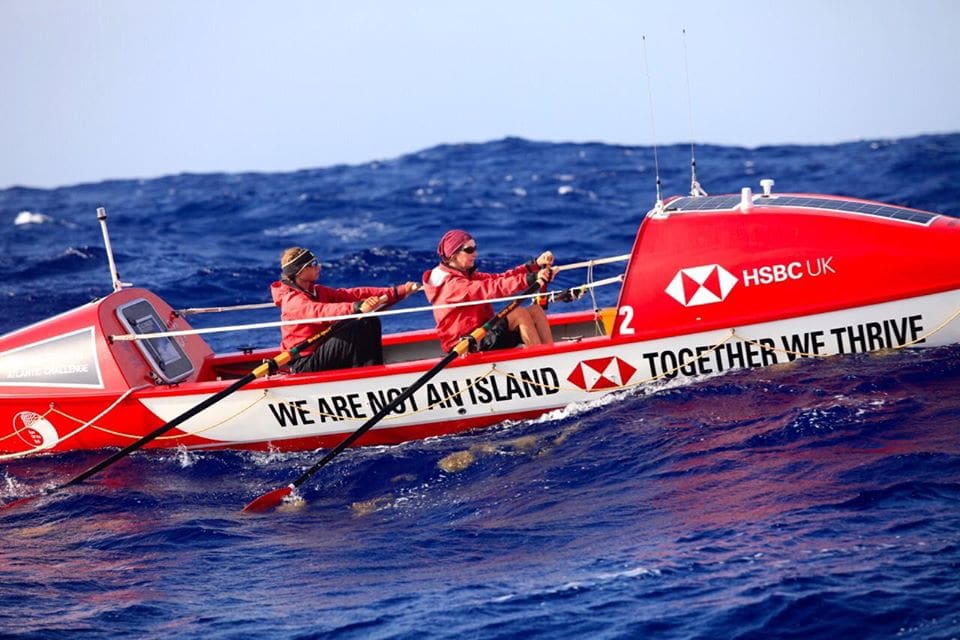
It is a massive and mighty rowing challenge to cross an ocean. Some crews and rowers add an additional feat of raising money for a charity or issue including for ocean conservation. The Talisker Whiskey Atlantic Challenge is perhaps the best-known ocean race. They bill themselves as the world’s toughest row with a remarkable diversity of charities supported. This year Atlantic Ambitions, raised money for the Marine Conservation Charity in the UK, as did Status Row in 2018.
Races across the Indian and Pacific Oceans, the Tasman Sea and other big bodies of water have also seen funds raised for ocean conservation. Rowers are contributing more than money, by directly assisting research efforts. For the 2014 Great Pacific Race, Adventure Scientists, who coordinate data collection with volunteer adventurers, provided water sample bottles to crews as part of their Marine Microplastics Study.

Plastics are top of mind amongst athletes including rowers with the launch in 2020 of the Big Plastic Pledge. Their mission is to eradicate single use plastic in sport. This is part of the Clean Seas campaign lead by the Un Environment Programme. Did you know that 80% of marine pollution originates on land. We are connected to the oceans, no matter how far from salt water our rowing might be. Many other organizations contribute to addressing sources of pollution, cleaning plastics from oceans and shores and finding use for plastics removed from the ocean. For example, Bureo is a company in Chile that removes nets from the ocean and turns them into hat brims for Patagonia, Trek bike parts and other products. Wouldn’t it be terrific if recycled ocean plastics could one day be used in rowing equipment?
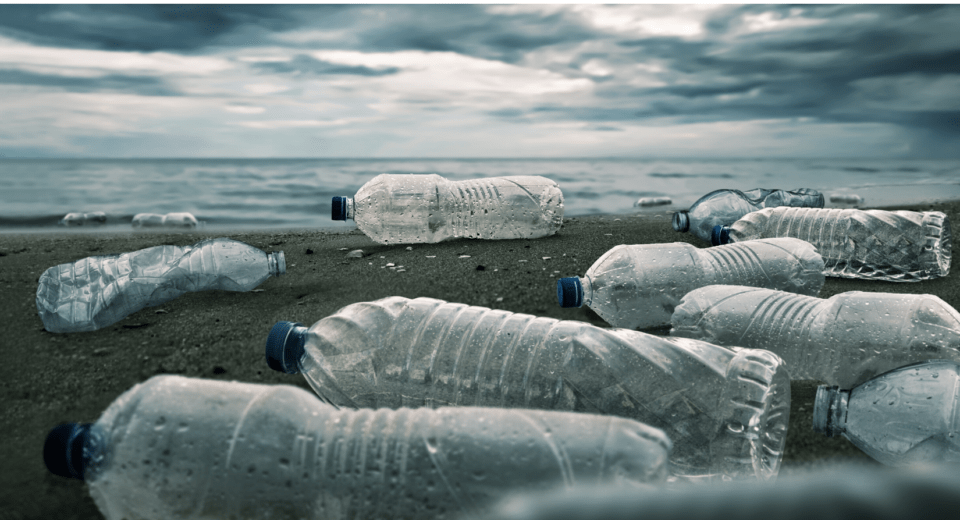
Rowers also contribute to ocean conservation by building our awareness. They show us the power and beauty of the oceans. With social and traditional media reporting, websites and live tracking of races and individual endeavours all of us can experience and learn about oceans, even if it is from the comfort of our couch. You can’t help but be gripped by the footage from the Impossible Row, a crossing of Drake Passage from South America to Antarctica. Curl up with a book by Roz Savage who has crossed three oceans or my favourite Rowing to Latitude by Jill Fredston which chronicles her expeditions at the edges of the Arctic.
Perhaps the best embodiment of the connection between rowers and ocean conservation is Julie Angus as well as her husband Colin. Julie’s biography describes her as a scientist, adventurer, boat designer, and entrepreneur. She is also the first woman to row across the Atlantic, mainland to mainland. A recent accomplishment is to co-found Ocean Open Robotics. Here is what they do and how a rower is contributing to ocean conservation:
Open Ocean Robotics produces energy-harvesting unmanned autonomous boats equipped with sensors and cameras to make oceanic observations and instantly relay them. We offer a safer, more efficient and affordable way of collecting data compared to conventional crewed vessels. Using solar or wind power, our boats produce no greenhouse gases, noise pollution or risk of oil spills, and can travel non-stop for a year, always on and always collecting information, transforming how we research and protect our oceans.
It really is remarkable, not only how many rowers are crossing oceans, but also all the initiatives that are underway to effect positive change in ocean conservation. Should you fancy an ocean rowing challenge but are concerned about all that is involved, consider Rannoch’s Roxy Expeditions. The plan is to row around the world over three years with crews of 12 skippered by a professional ocean rower. Perhaps this is your chance for an extreme rowing trip and to learn firsthand about oceans and how we can protect them.
